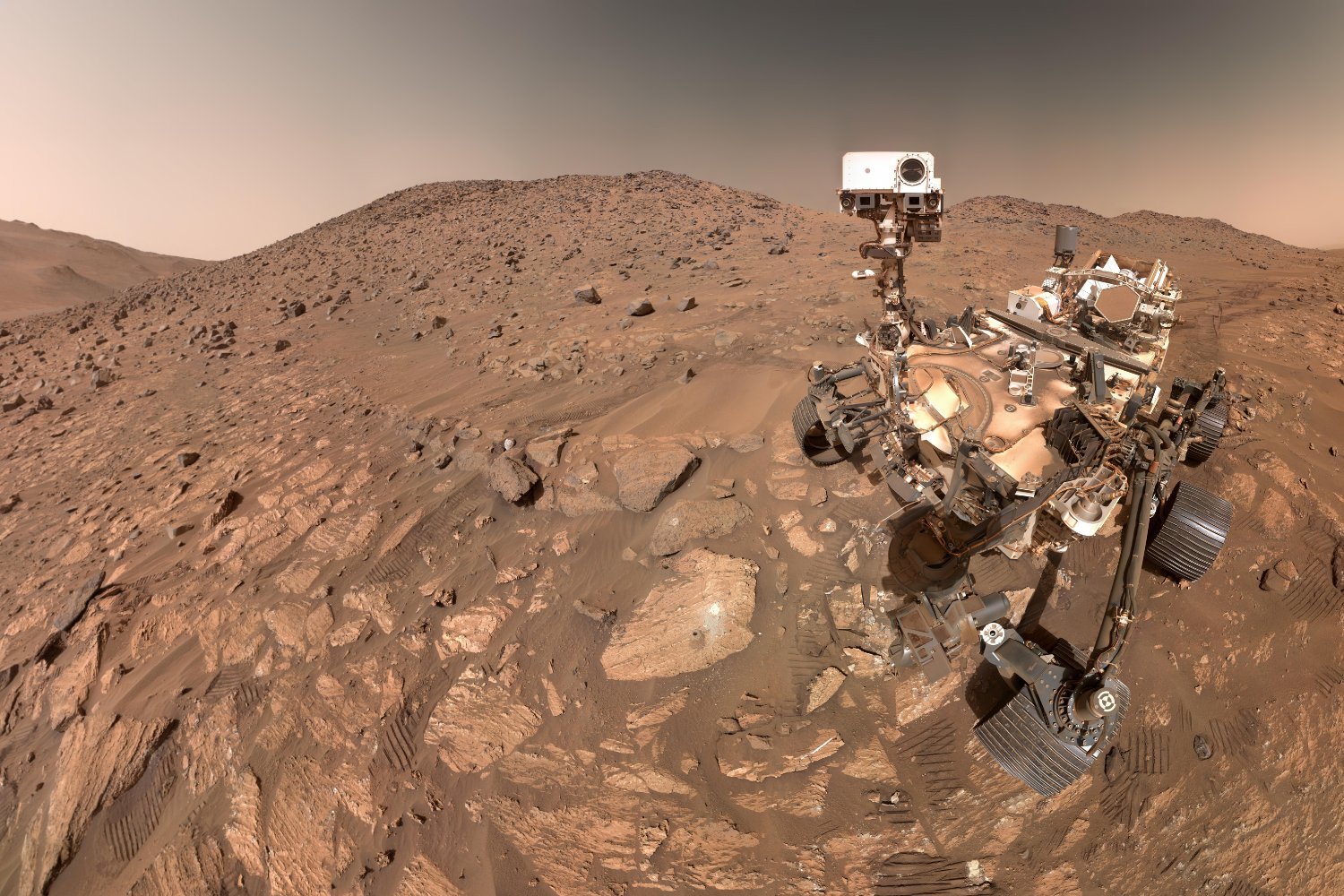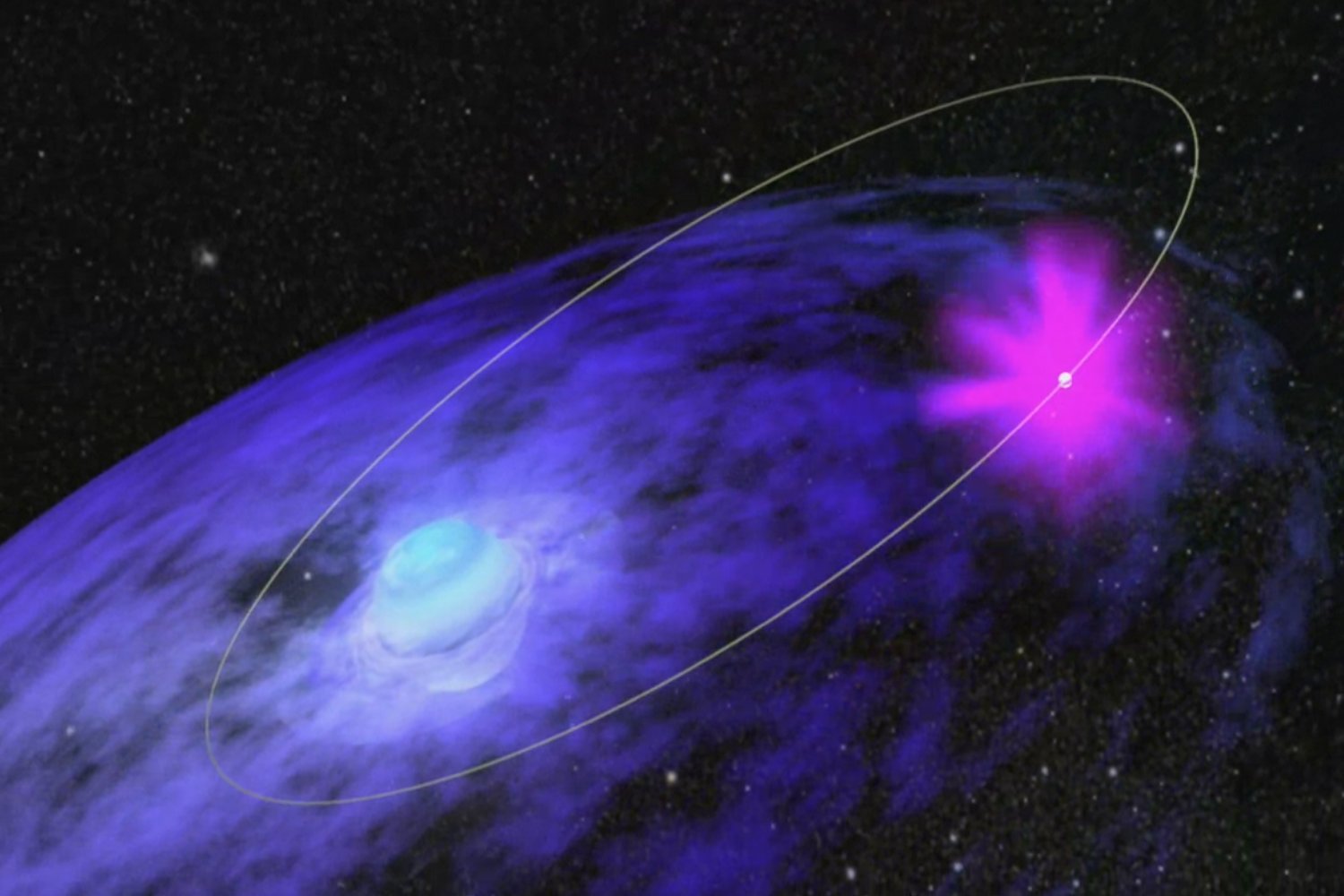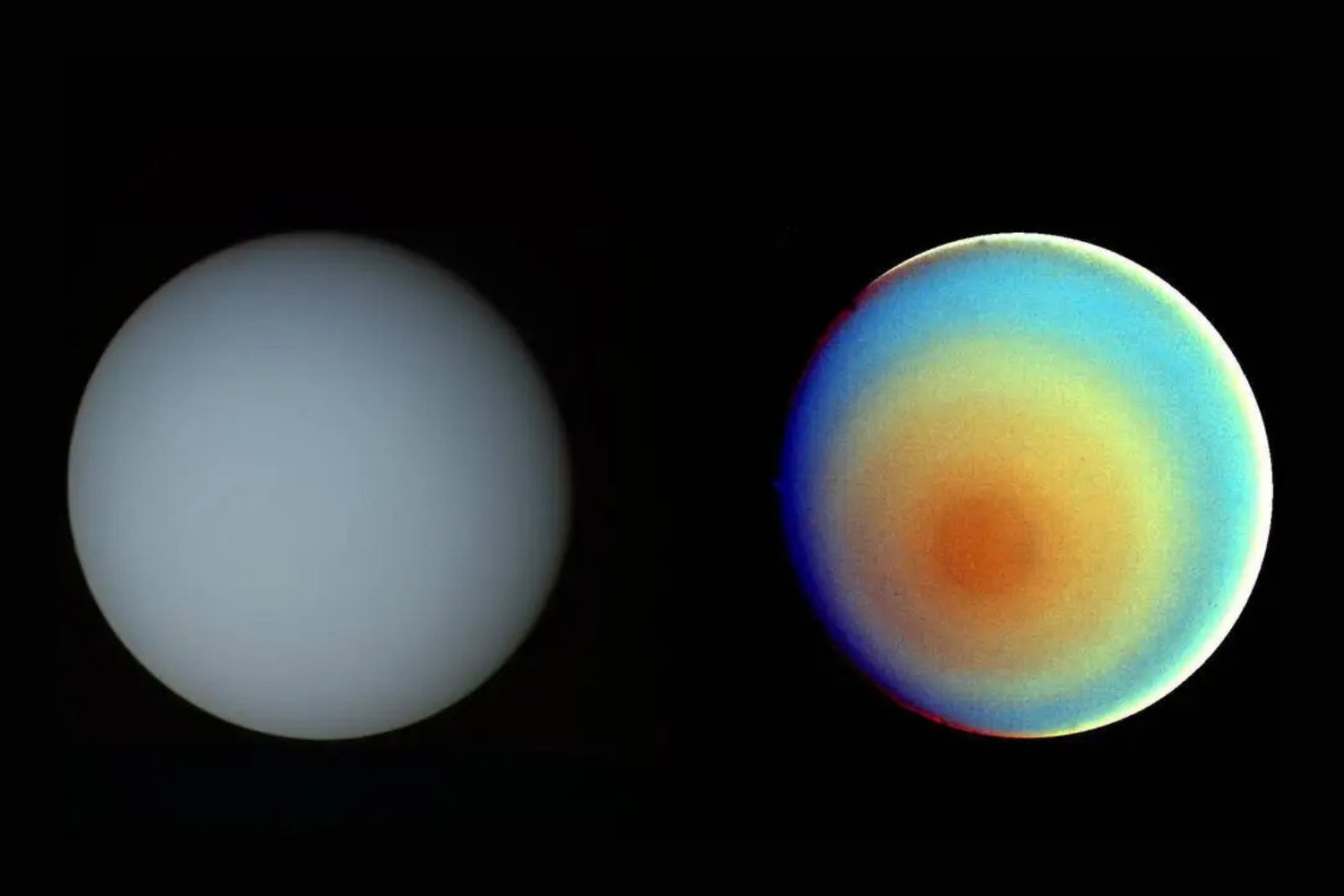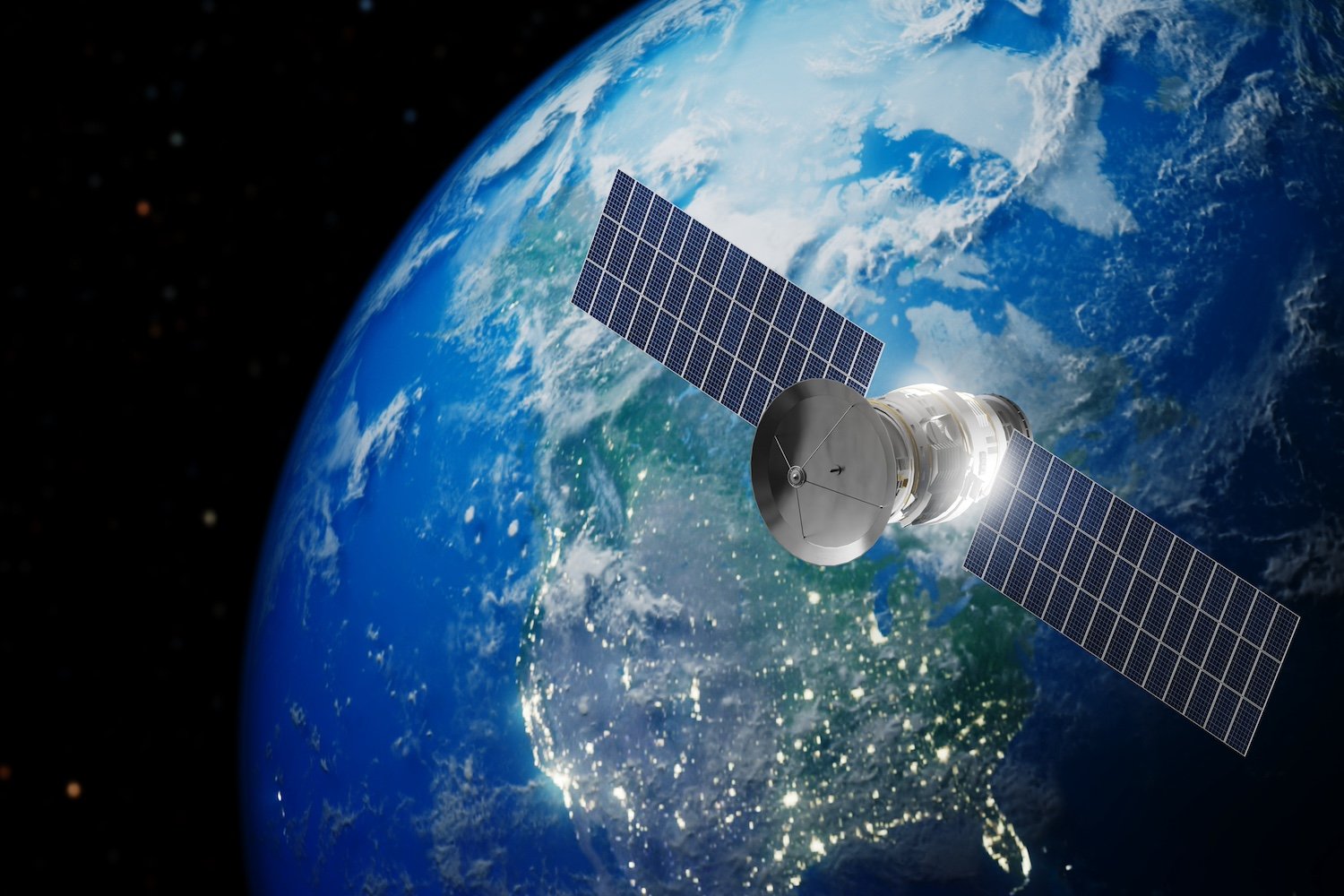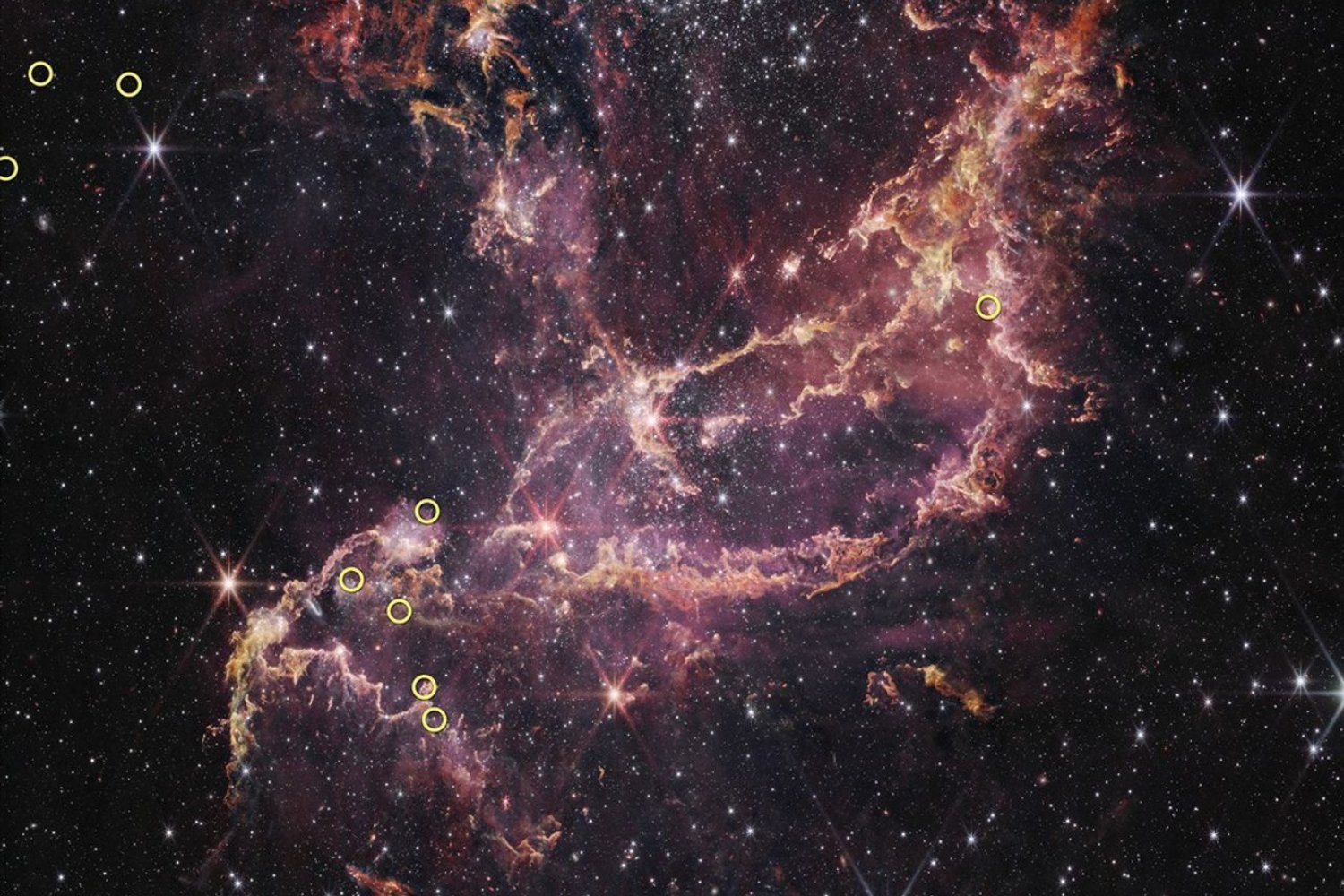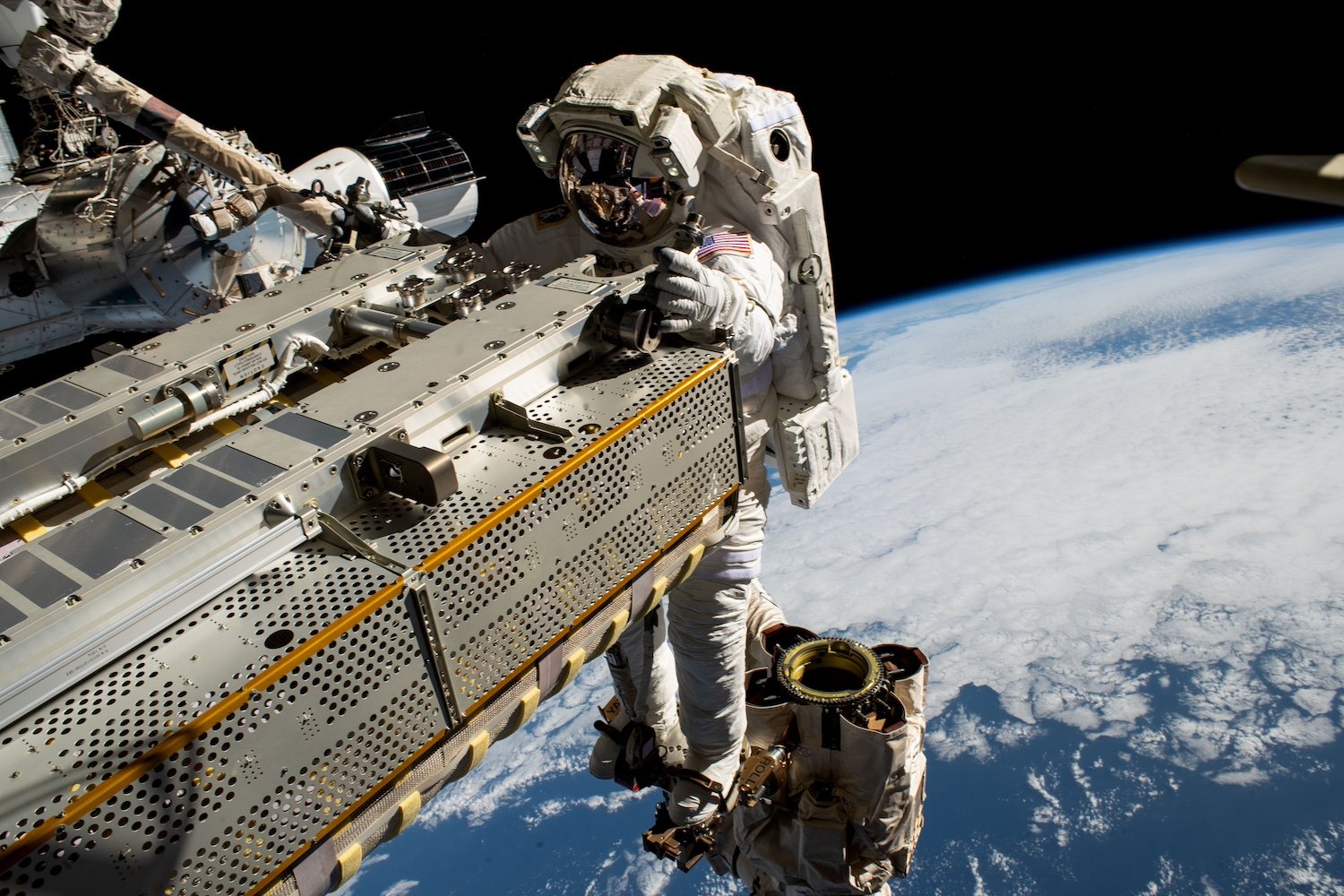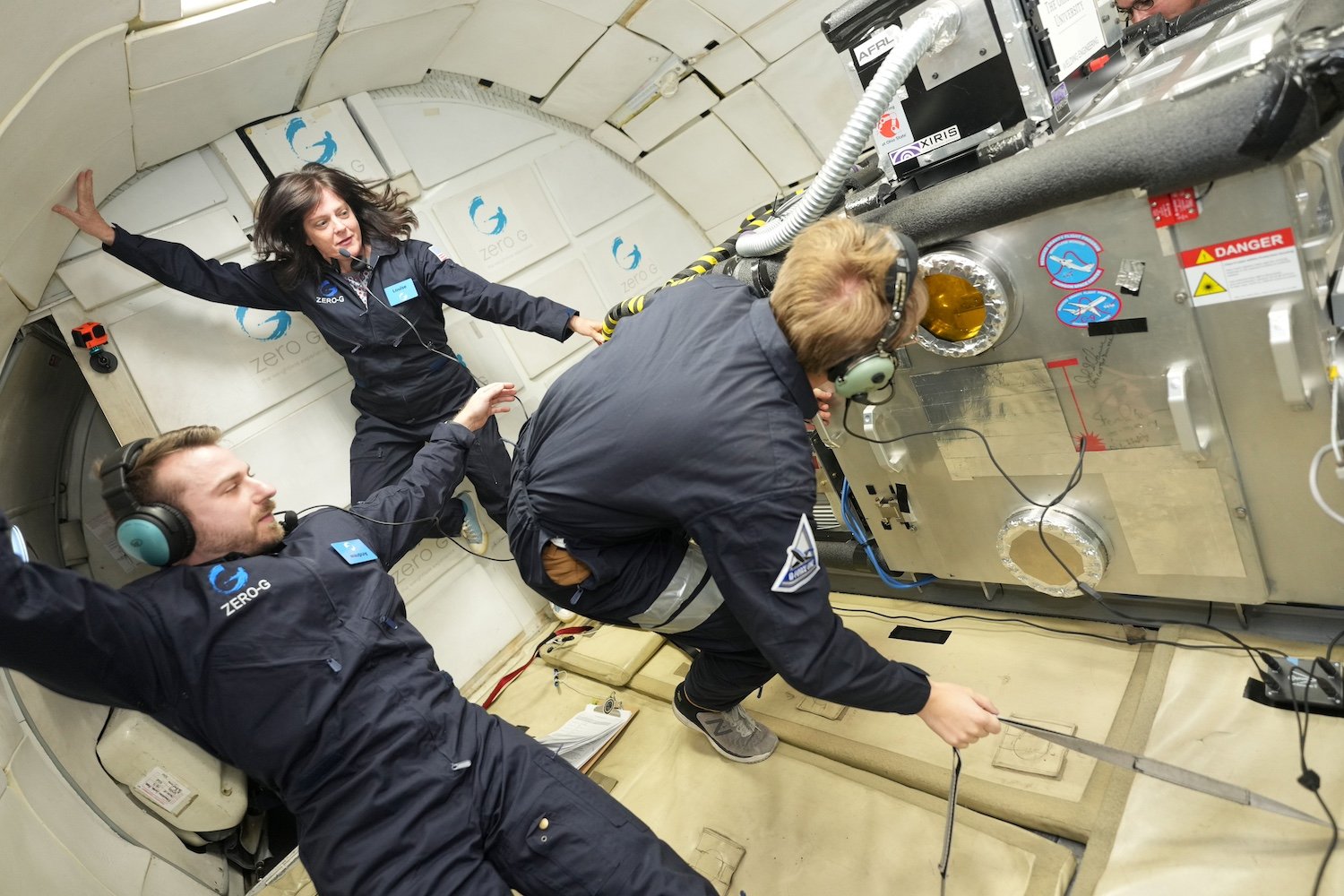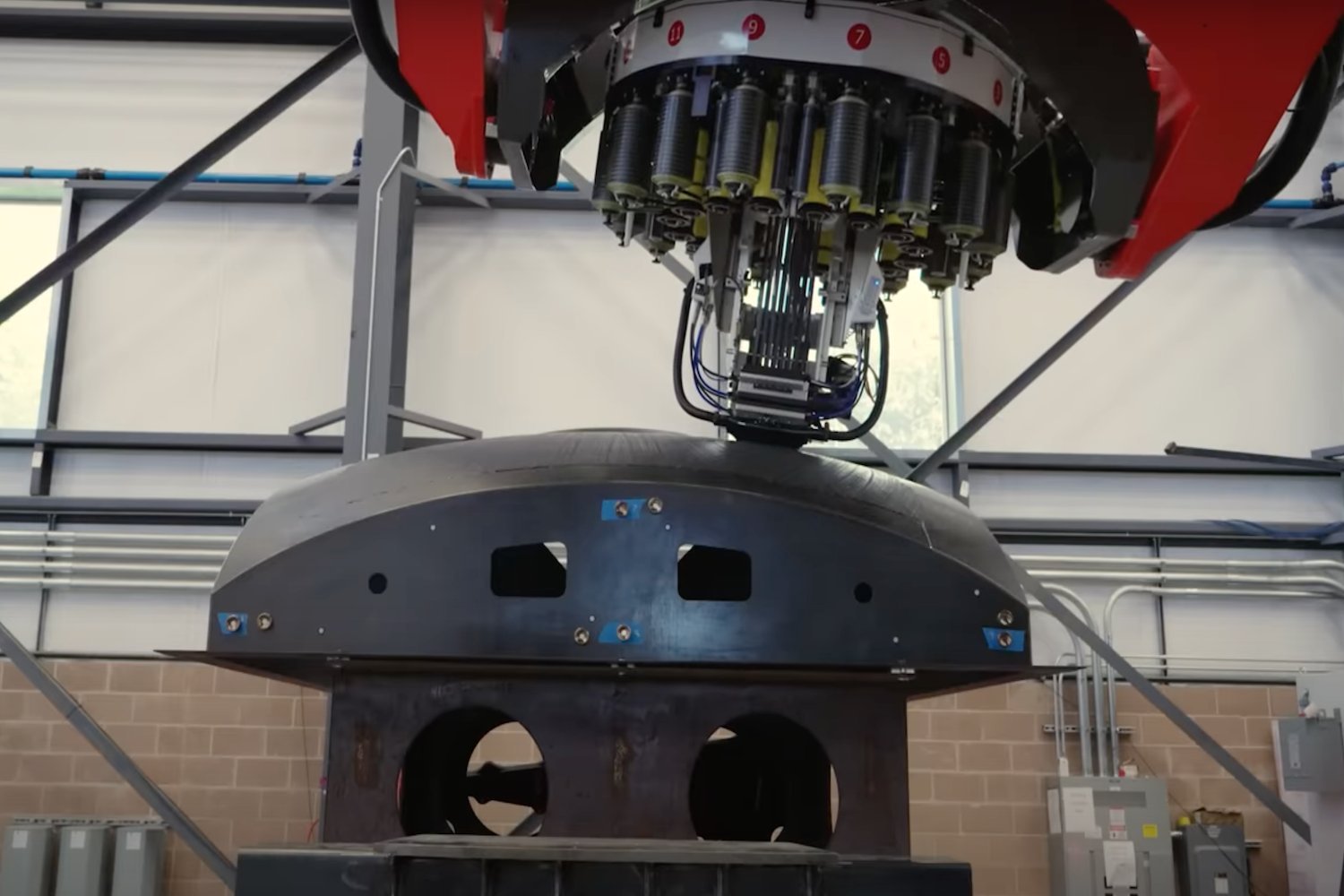NASA’s Perseverance and Curiosity rovers, exploring Mars hundreds of miles apart, have recently encountered significant driving challenges. Perseverance is struggling to reach the rim of Jezero Crater during its fifth science campaign, while Curiosity faced a setback in Gediz Vallis after its wheels became lodged on a rock.
Perseverance’s primary mission objective involves investigating Jezero Crater’s western rim for signs of past life. This campaign requires navigating steep, 23-degree slopes and climbing approximately 1,000 feet (300 meters) to the rim of the ancient crater lake. However, the terrain has proven more challenging than anticipated. The loosely packed dust, sand, and brittle crust covering the rim have significantly reduced the rover’s driving efficiency, often covering only half the usual distance.
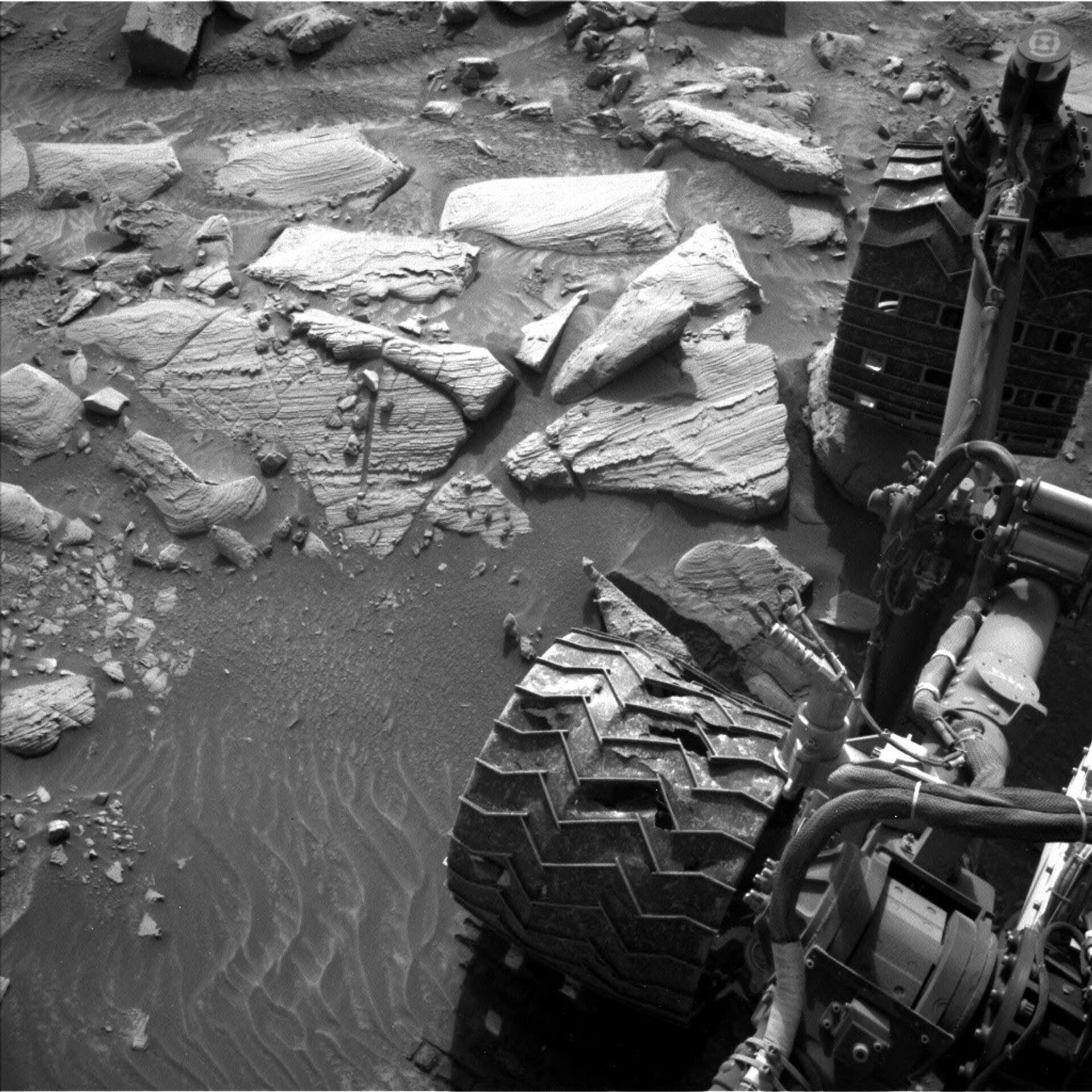 Nasa perseverance roverPerseverance navigating challenging Martian terrain. Image: NASA/JPL-Caltech
Nasa perseverance roverPerseverance navigating challenging Martian terrain. Image: NASA/JPL-Caltech
The rover’s autonomous navigation system, aided by the mission team at NASA’s Jet Propulsion Laboratory (JPL), has been crucial in avoiding major hazards. Strategies like driving backwards for improved traction and targeting areas with larger, surface-level rocks to minimize slippage are being employed. This difficult ascent marks the first time a Mars rover has faced both steep and slippery terrain on this scale.
Meanwhile, Curiosity, Perseverance’s predecessor, encountered its own obstacle in Gediz Vallis, a channel near the base of Mount Sharp suspected of having once held liquid water. The rover’s drive was prematurely terminated after exceeding a suspension limit, leaving one wheel in a trough and another perched on a rock.
This incident forced the team to switch to remote sensing operations, gathering observations of Gediz Vallis while devising an exit strategy. The precarious wheel position also prevented the deployment of Curiosity’s robotic arm.
 Nasa Curiosity Rover Gediz VallisCuriosity’s wheel predicament in Gediz Vallis. Image: NASA/JPL-Caltech
Nasa Curiosity Rover Gediz VallisCuriosity’s wheel predicament in Gediz Vallis. Image: NASA/JPL-Caltech
The team is studying Gediz Vallis for clues about its formation, seeking to determine whether it was carved by an ancient river, wind, or dry avalanches. Understanding this channel’s history provides insights into Mars’ ancient past, potentially revealing phases of water presence rather than a gradual disappearance.
Both Perseverance and Curiosity’s recent challenges underscore the demanding Martian environment. These robotic explorers continue to push the boundaries of our understanding, adapting to unexpected obstacles in their quest to unravel the mysteries of the Red Planet.



